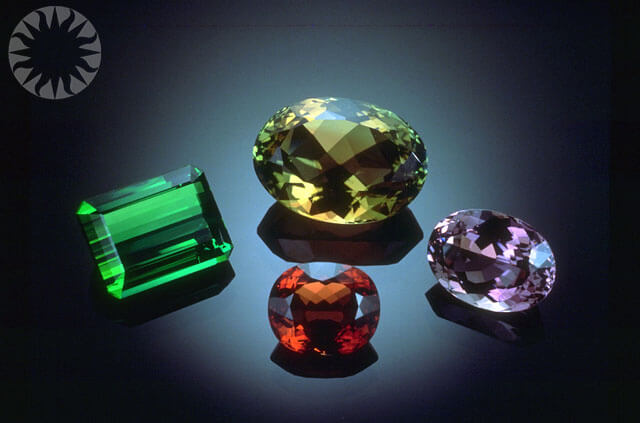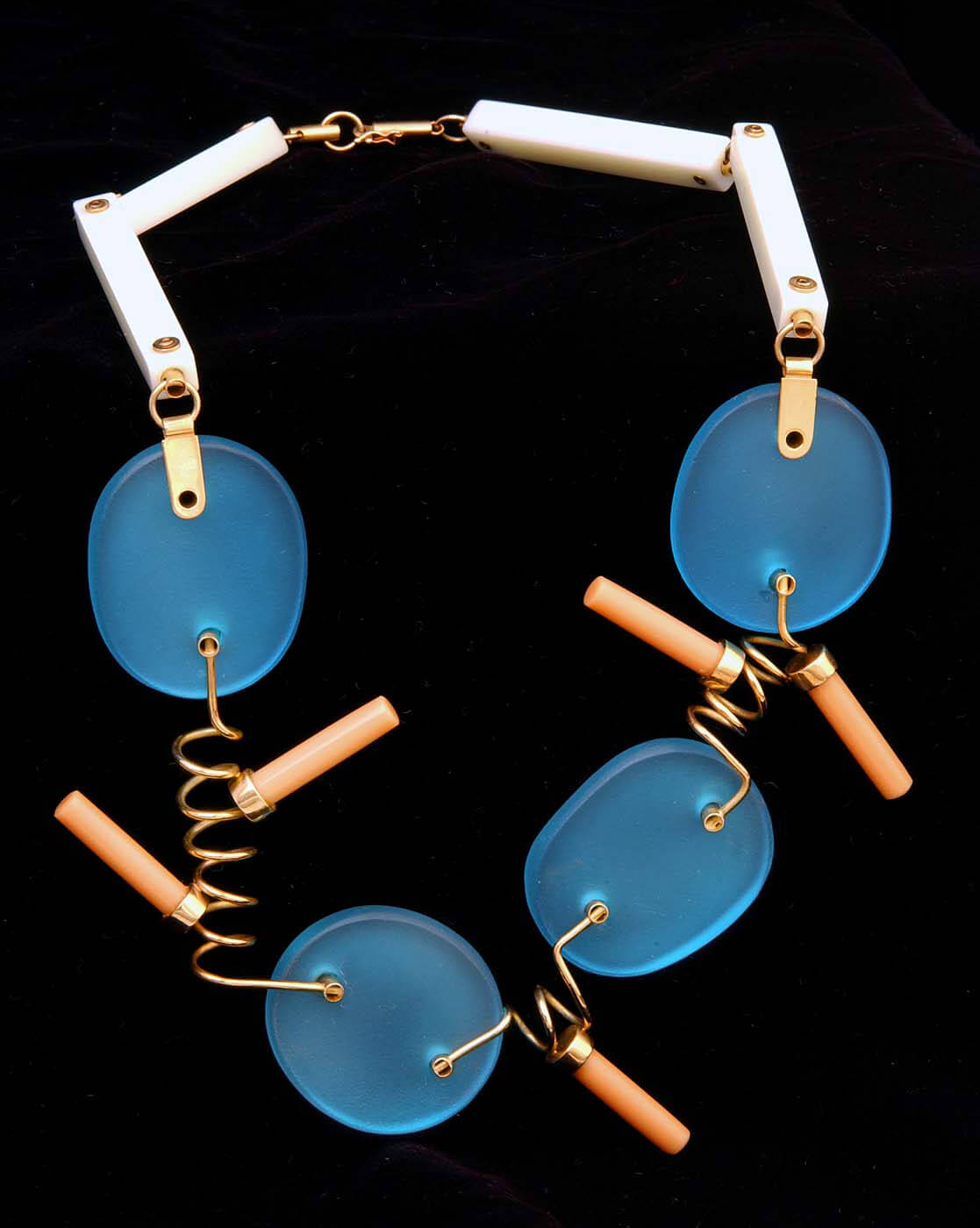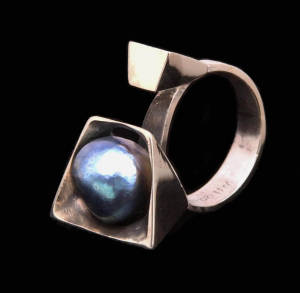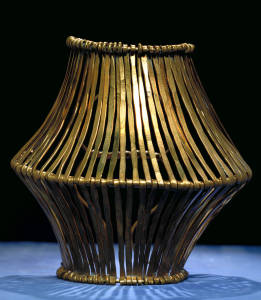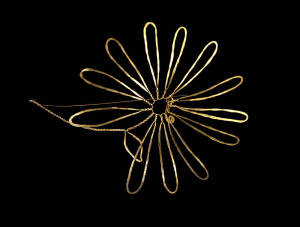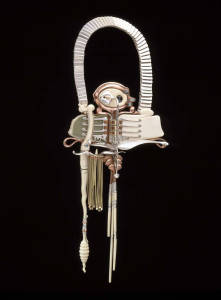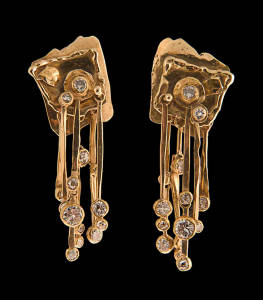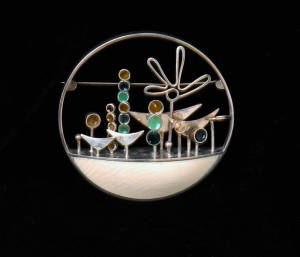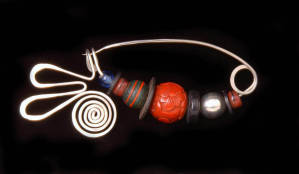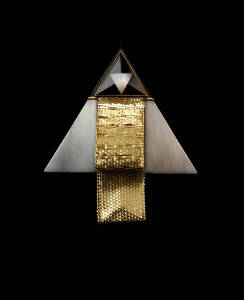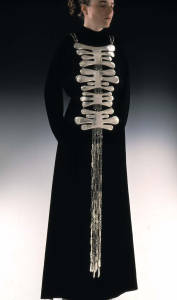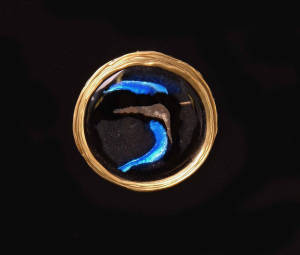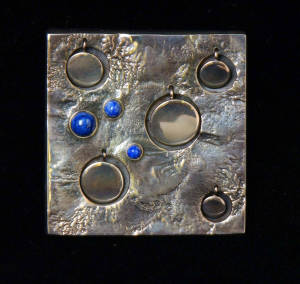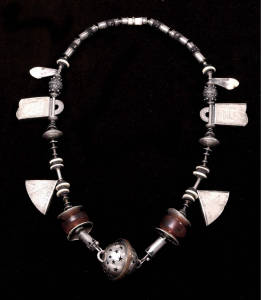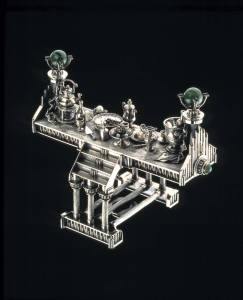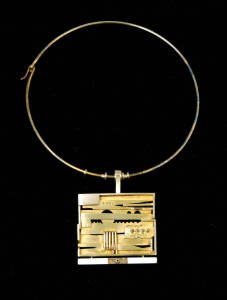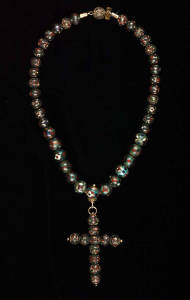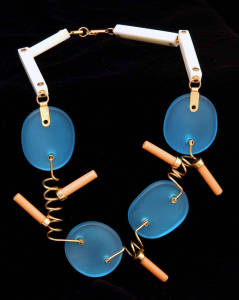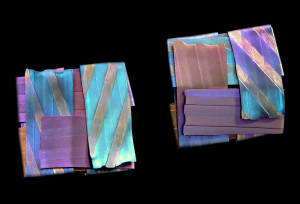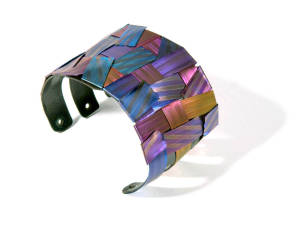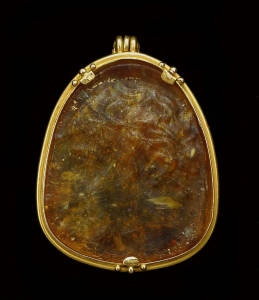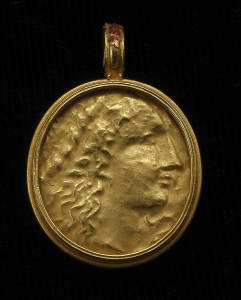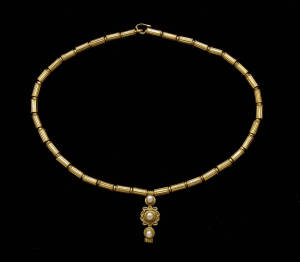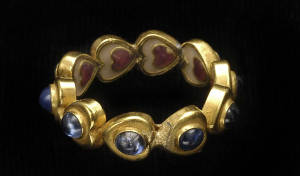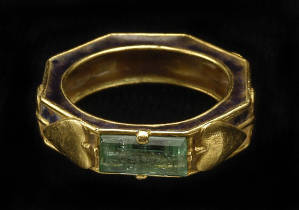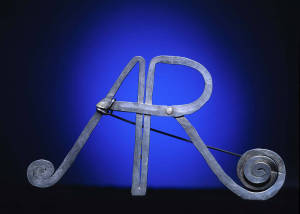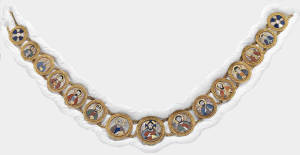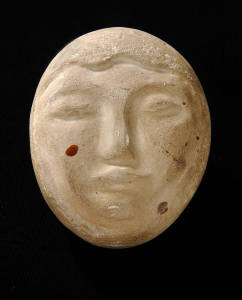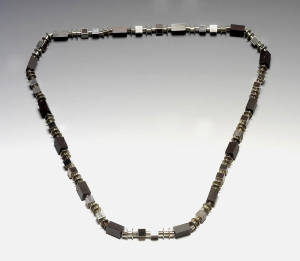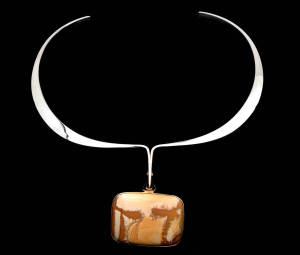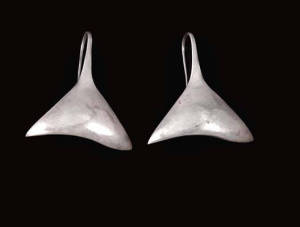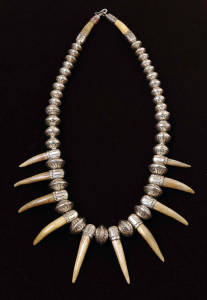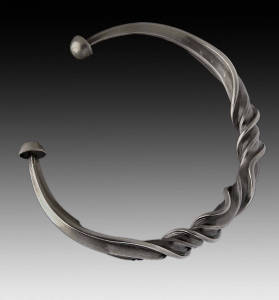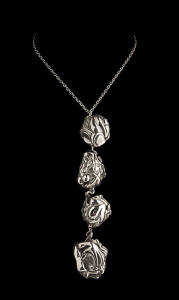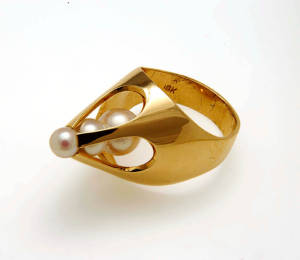Smithsonian Museum Of Natural History
The National Museum of Natural History (NMNH) is part of the Smithsonian Institution, the world’s preeminent museum and research complex. The Museum is dedicated to inspiring curiosity, discovery, and learning about the natural world through its unparalleled research, collections, exhibitions, and education outreach programs. Opened in 1910, the green-domed museum on the National Mall was among the first Smithsonian building constructed exclusively to house the national collections and research facilities.
Whether looking at the history and cultures of Africa, describing our earliest Mammalian ancestor or primate diversity around the world, examining ancient life forms including the ever popular dinosaurs, or exploring the beauty of rare gemstones such as uniquely colored diamonds, the Museum’s temporary and permanent exhibitions serve to educate, enlighten and entertain millions of visitors each year. The main building on the National Mall contains 1.5 million square feet of space overall and 325,000 square feet of exhibition and public space; altogether the Museum is the size of 18 football fields, and houses over 1000 employees. With a growing network of interactive websites, the Museum is transforming itself into a hub for national and international electronic education, accessible to anyone with access to the internet.
At the center of the Museum’s exhibition and research programs are its expertly documented collections: more than 126 million natural science specimens and cultural artifacts. Just to name a few of our museum holdings, the collections include 30 million insects carefully pinned into tiny boxes; 4½ million plants pressed onto sheets of paper in the Museum’s herbarium; 7 million fish in liquid-filled jars; and 2 million cultural artifacts, including 400,000 photographs housed in the National Anthropological Archives. Over 3½ million specimens are out on loan each year; over 15,000 visitor days are spent in the collections; and there are almost 600,000 additional visits to collection data bases available on the Web.



